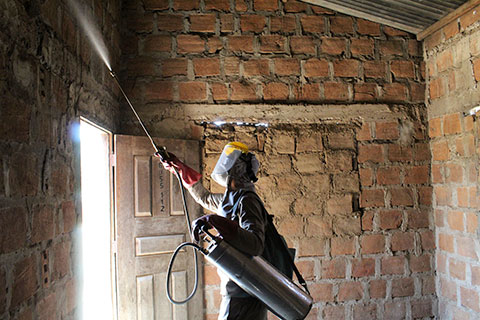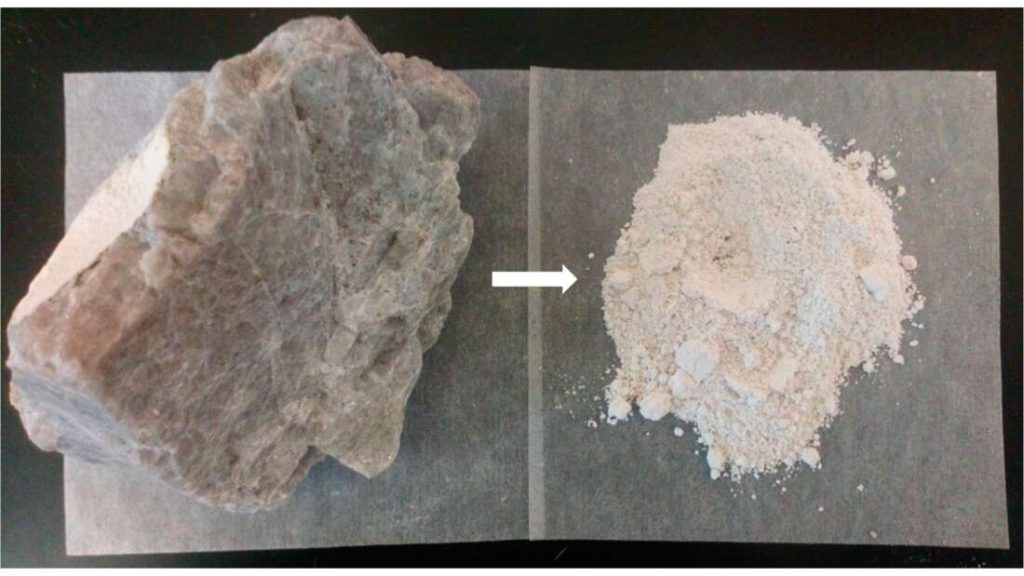
According to the World Health Organization (WHO), there were a total of 228 million cases of malaria globally in 2018, of which 93% were from sub-Saharan Africa. Children under 5 years of age are most at risk and accounted for 67% of global malaria deaths in 2018.
Malaria is spread by the bite of an infected Anopheles mosquito which is believed to be most active between dusk and dawn. Therefore, vector control through the use of insecticide-treated nets (ITNs) and insecticide wall sprays plays a critical role in reducing the disease.
However, it appears that mosquitoes are gaining resistance to pyrethroids, the most commonly used insecticide for vector control. To top it off, resistance to other classes of insecticides such as organophosphates also seems to be on the rise. Thus, the race is on to find a cheaper, safer, and a sustainable alternative.
And, it looks like Professor Mike Roe at North Carolina State University has done just that with ImergardTMWP, a novel mechanical insecticide made by mixing crushed perlite and water. Perlite is a form of Volcanic Glass most commonly used in construction. It is a naturally occurring mineral often found in toothpaste.

According to the study published in the journal Insects, the team of researchers investigated the efficacy of ImergardTMWP in the control of susceptible and wild-type pyrethroid-resistant mosquitoes.
Eight experimental huts in southern Benin were chosen for the experiment and were given 4 different treatments. Walls of the hut were sprayed with deltamethrin, ImergardTMWP, a mixture of deltamethrin and ImergardTMWP and, a fourth control set of huts were left unsprayed.
The perlite particles essentially dehydrate the mosquito. Many die within a few hours of contact with the treated surface. Mosquitoes are not repelled from a treated surface because there is no olfactory mechanism to smell rock.
Professor Roe
Results showed that ImergardTMWP alone or as a mixture with deltamethrin provided ≥80% control for five months for both susceptible and pyrethroid-resistant mosquitoes in Africa.
While the study proves perlite’s effectiveness against insecticide-resistant mosquitoes, it will be interesting to see whether it can also help control other mosquito-borne diseases such as Dengue and yellow fever.
Reference:
Deguenon, J. M., Azondekon, R., Agossa, F. R., Padonou, G. G., Anagonou, R., Ahoga, J., N’dombidje, B., et al. (2020). ImergardTMWP: A Non-Chemical Alternative for an Indoor Residual Spray, Effective against Pyrethroid-Resistant Anopheles gambiae (s.l.) in Africa. Insects, 11(5), 322. MDPI AG. Retrieved from http://dx.doi.org/10.3390/insects11050322



